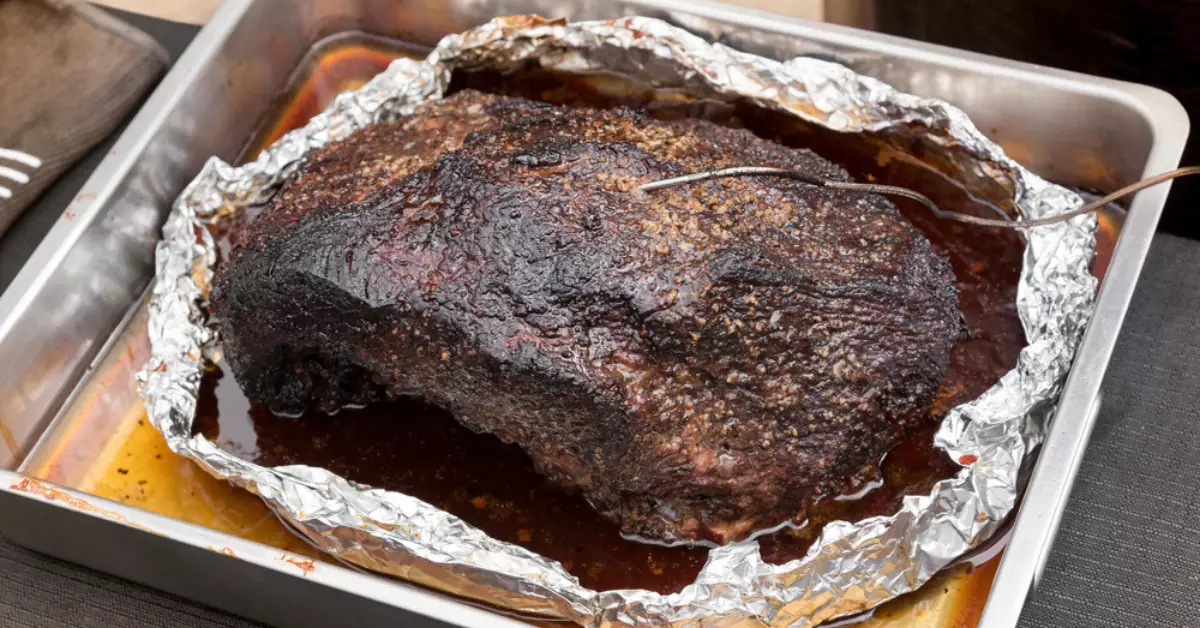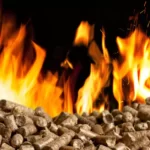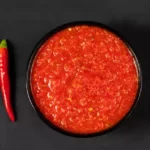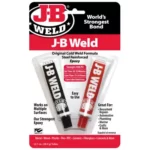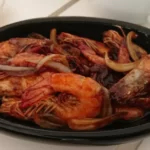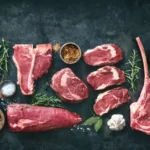The beauty of barbecue lies in its versatility and depth of flavors. Brisket, a staple in many BBQ traditions, is renowned for its capacity to transform into a tender, flavorful masterpiece with the right treatment. And wrapping is a critical part of this transformation.
When it comes to wrapping brisket, a question that often arises is whether or not to add liquid in the process. The answer is both yes and no, depending on various factors such as personal preference, cooking method, and desired outcome. Adding liquid can intensify the flavor and tenderness of the brisket, while abstaining can accentuate the inherent tastes of the meat and chosen rubs.
What one must remember is that cooking brisket is an art, with room for experimentation and personalization. The debate over adding liquid while wrapping brisket is part of this creative culinary process.
The Art of Wrapping Brisket
Exploring Different Wrapping Materials
There are primarily two materials used for wrapping brisket – aluminum foil and butcher paper. Foil is a solid barrier, trapping moisture and escalating the cooking process. Butcher paper is porous, allowing some steam to escape, and is popular for its capacity to preserve the bark of the brisket while still promoting tenderness.
Deciding When to Wrap the Brisket
Timing is pivotal in the brisket cooking process. Typically, the brisket is wrapped once it reaches the stall, a temperature plateau around 150°F (65°C), to facilitate cooking and prevent drying out.
To Add or Not to Add Liquid When Wrapping Brisket?
The decision to add liquid to your brisket wrap revolves around personal preferences and specific cooking goals. Each approach has its merits and drawbacks, allowing for customization according to your desired taste and texture.
Benefits of Adding Liquid
The act of introducing liquid into the wrapping phase can offer several enticing benefits:
- Flavor Enhancement: Liquids like broths, sauces, or beer can add an extra layer of complexity to your brisket’s flavor profile. They can soak into the meat, infusing it with their distinct taste characteristics.
- Moisture Maintenance: The cooking process, especially smoking, can rob your brisket of its natural moisture. By adding liquid, you reintroduce moisture into the meat, helping it stay juicy and succulent.
- Tenderness Increase: Tough cuts of meat like brisket contain a lot of connective tissue. The heat combined with the moisture from added liquid can help break down these tissues more effectively, resulting in a more tender end product.
Risks and Drawbacks of Including Liquid
While adding liquid provides notable advantages, it also comes with potential risks and downsides:
- Excessive Steaming: If you add too much liquid, the wrap can turn into a steamy environment, which can potentially overcook your brisket or make it too mushy.
- Flavor Dilution: Depending on the type and quantity of liquid used, there’s a risk of washing away or diluting the delicious, crusty bark that forms on the outside of the brisket.
- Slowed Bark Formation: Liquids can slow the formation of bark, the crispy, caramelized crust that many BBQ enthusiasts love. If the bark is essential to you, adding liquid might not be the best choice.
Popular Liquids Used in Wrapping Brisket
When it comes to choosing a liquid to add to your brisket wrap, the world is your oyster. Traditional options abound, but creative choices can also result in surprising and delicious outcomes.
Traditional Barbecue Sauces and Broths
- Barbecue Sauce: This is a popular choice for its bold flavors, but be mindful of its sugar content, which can burn at high temperatures.
- Beef Broth: A more neutral option, beef broth can enhance the brisket’s natural flavors without overwhelming them.
- Beer: A favorite among many pitmasters, beer imparts a unique, rich flavor to the meat.
Unique and Creative Liquid Additions
- Wine: Red or white wine can introduce a depth of flavor, with reds adding robustness and whites offering a subtler enhancement.
- Apple Juice: This is a sweet option that can add a hint of fruity flavor and a beautiful color to your brisket.
- Coffee: For an unexpected twist, strong brewed coffee can add a rich, deep note to your brisket.
Best Practices for Adding Liquid to Brisket
Adding liquid to your brisket wrap can elevate your BBQ game if done right. Here are some best practices to guide you:
Preparing the Brisket for Liquid Addition
Before even thinking about adding liquid, you need to ensure that your brisket is properly prepared. This involves selecting a high-quality cut of meat, applying a flavorful rub, and smoking it to the right internal temperature. The liquid is a supporting actor in this play, not the lead.
Choosing the Right Amount of Liquid to Use
It’s easy to get overzealous with the amount of liquid to add, but restraint is key. Too much can lead to a soggy, overcooked brisket. As a rule of thumb, aim to add enough to moisten the surface without pooling in the bottom of the wrap.
Important Tips and Tricks for Success
- Quality Matters: As with any ingredient, the better the quality of your liquid, the better your results. Choose liquids that are flavorful and well-suited to the taste of beef.
- Pouring Technique: Pour the liquid over the top of the brisket before sealing the wrap. This allows the liquid to evenly distribute over the surface.
- Cooking Adjustment: Adding liquid can speed up the cooking process. Keep a close eye on your brisket’s internal temperature after wrapping to avoid overcooking.
Frequently Asked Questions
After exploring the subject, it’s essential to address common queries about adding liquid to brisket wraps. Here are some frequently asked questions that arise during the cooking process:
What is the Texas Crutch Method in BBQ?
The Texas Crutch is a technique used in slow-cooking meats, particularly beef brisket. It involves wrapping the meat in aluminum foil or butcher paper, usually part-way through the cooking process. This method helps speed up the cooking time, prevents the meat from drying out, and can lead to a more tender end product. When you add liquid to the wrap, you’re implementing a variation of the Texas Crutch method.
Is It Essential to Wrap Brisket at All?
Wrapping brisket during the cooking process is not a requirement, but it is widely practiced due to the benefits it offers. Wrapping helps to keep the meat moist, accelerate the cooking process, and prevent the brisket from taking on too much smoke, which could lead to a bitter taste. However, if you prefer a brisket with a firmer bark and a more intense smoke flavor, you might opt not to wrap.
Can I Use Water Instead of Other Liquids?
Yes, you can use water when wrapping your brisket. Water will provide moisture to prevent the brisket from drying out but won’t contribute to the flavor. However, if you’re after a more pronounced taste profile, you might prefer to use more flavorful liquids like broth, beer, wine, or juice.
Conclusion
The technique of adding liquid when wrapping brisket is one of many tools at a pitmaster’s disposal. It offers numerous benefits, such as enhanced flavor, increased tenderness, and moisture retention. Yet, it also comes with potential drawbacks, like the risk of overcooking or diluting the meat’s natural flavors.
The choice of liquid – traditional or creative – can dramatically influence the brisket’s final taste. Therefore, understanding the impact of different options is crucial for the desired result. However, the rule of thumb remains: quality matters, and moderation is key.

